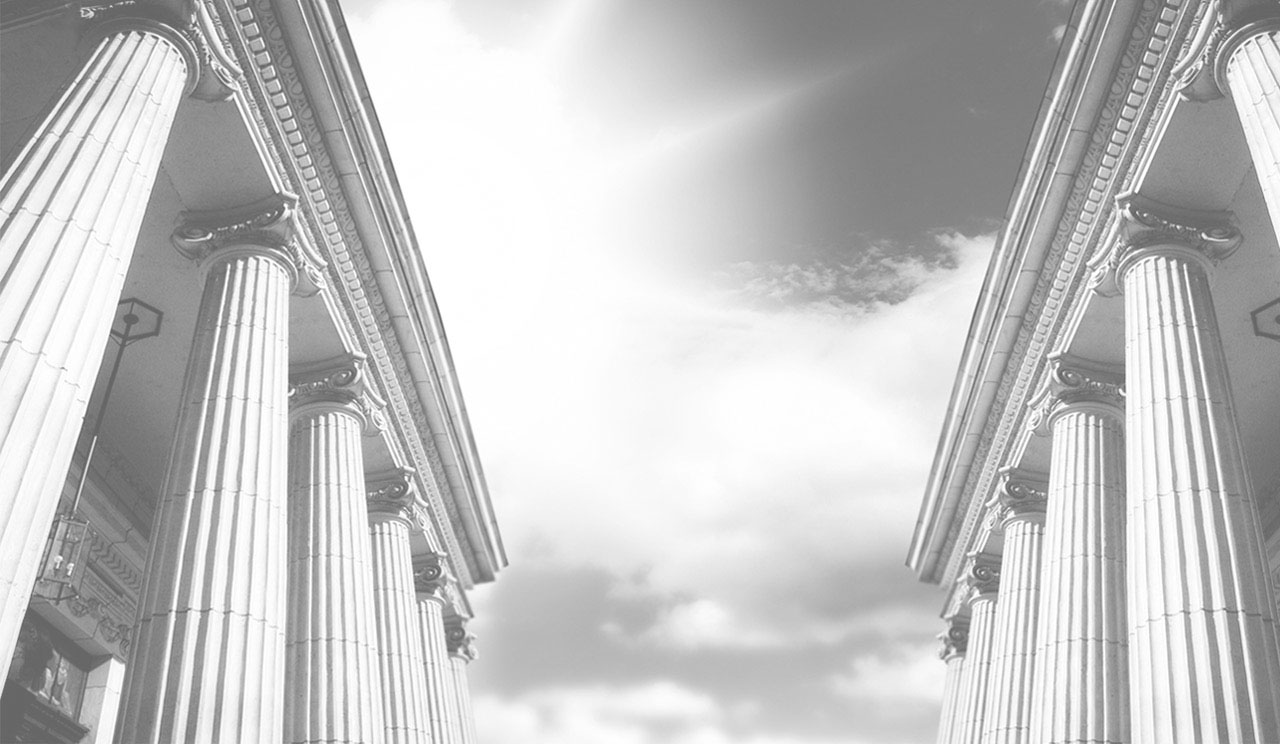Money and monetary systems after the crisis
Curzio Giannani emphasized how the architecture of the financial system— and, in particular, of payment systems and the technology of money— evolves in response to crises, and how that frames monetary policy and financial stability more generally. That catalytic process is as powerful as ever today.
Conference in Memory of Curzio Giannini; Banca D’Italia, ROME
Evolution of Money and Payments Systems: Good new, bad news, and interesting news
Click here to read the full text
Curzio Giannani emphasized how the architecture of the financial system — and, in particular, of payment systems and the technology of money — evolves in response to crises, and how that frames monetary policy and financial stability more generally. That catalytic process is as powerful as ever today.
Thus, in his paper for this conference, Charles Kahn picks out how the response to the latest crisis is driving major changes in clearing systems, and adds his voice to those asking whether that risks leaving the financial system short of collateral. In commenting, I highlight the implications of a parallel set of reforms, some driven by the crisis, in central bank frameworks for providing liquidity to the payments system and, indeed, in the characteristics of central bank money itself. Those reforms offer some reassurance on the collateral issue and also on the separate question, signalled by Giannini in his book and by others some years ago1, about whether the role of central banks could be rendered redundant by radical innovations in payments technology. Whatever the prospect a decade ago, that is more remote now.
In thinking about these issues, it is helpful to distinguish between four components of a currency area’s payments architecture: the final settlement asset (for a long time, central bank money); the domain of private sector institutions that hold accounts at the central bank (often a subset of commercial banks); the mechanisms for making transfers amongst the banks (which may be in the private money markets or via the effect of customer payments, both settled across the central bank’s books); and the means through which the central bank ensures that (solvent and viable) banks have sufficient liquidity to meet those

